ALARIA (also known as winged kelp) is similar to Japanese wakame, and imparts delicate flavor to miso soups, salads, rice and beans. It can also be roasted for chips.
Most often used dried in nutritional supplements or body care products, BLADDERWRACK can be added to broth, soups and stews, and drunk as a tea.
Versatile DULSE can be eaten raw as a snack or diced and added to salads, soups, chowders and chilis. Add dulse flakes to bread or pizza dough. In Iceland, it is eaten with butter.
EGG WRACK OR ROCKWEED is used for clam bakes, and lobster pounds pack lobster in it for shipping. In powdered form, it is used in drinks and teas.
GRACILARIA is used by cooks around the world, including in Japan, Hawaii and the Philippines, in salads, as a thickener, or made into vegetable-based gelatins. Efforts exist to start cultivating it in Maine, though it is not now harvested or sold here.
Carrageenan, a gelling agent found in IRISH MOSS, has long been used as a thickener in food, including ice cream, instant puddings and jams. Use it at home to thicken soups, stews, pies, salad dressings and other dishes.
HORSETAIL KELP can also be used to thicken soups and broths. In Japan and China, it is used to make dashi, a soup stock.
SUGAR KELP adds flavor to broths and stews, including dashi, and makes beans more digestible. Use in sauces and salad dressings, or add to vegetables and grains.
Also known as “wild Atlantic nori,” LAVER is related to the nori used in the sushi you order in restaurants. It can be eaten as a snack or added to soups, salads, pasta, grains and vegetables. Pairs well with chocolate and ginger.
SEA LETTUCE can become a little bitter when cooked, so it is best served raw. Add it to a salad like any other lettuce, or put it in an omelette.
— SEAWEED INDUSTRY SOURCES; MAINE SEA GRANT
Send questions/comments to the editors.

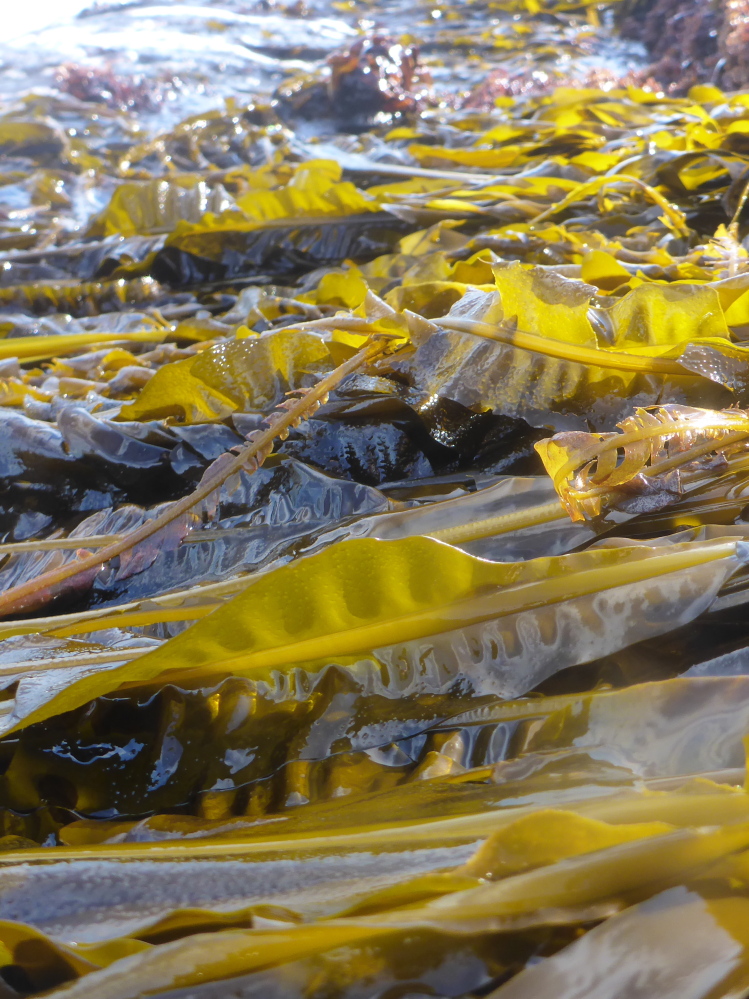
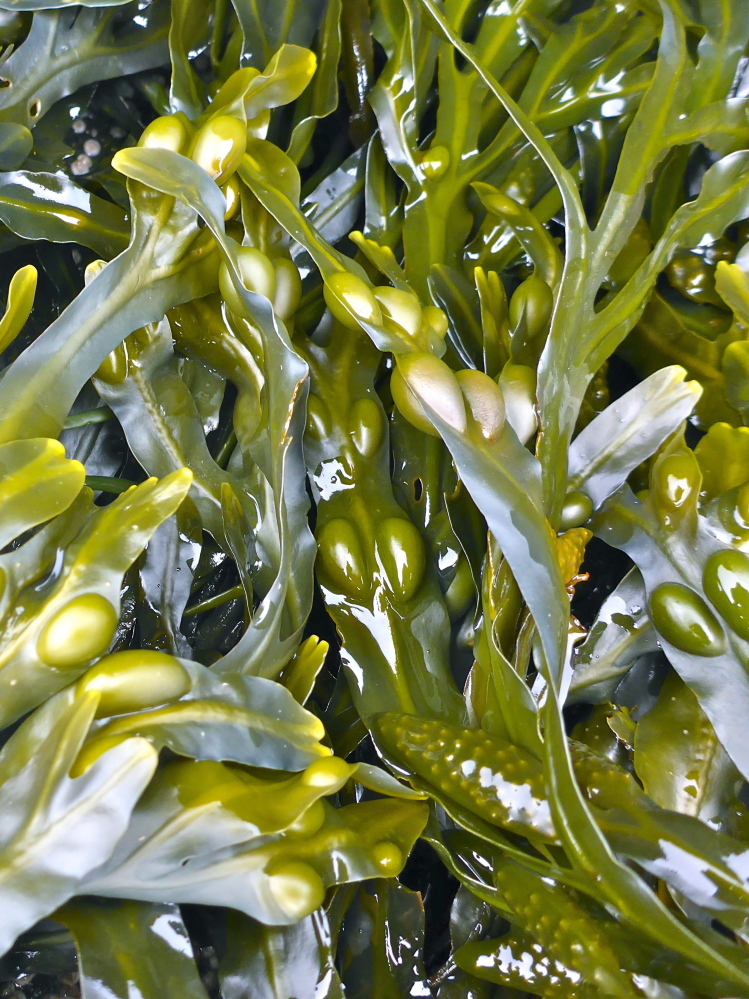
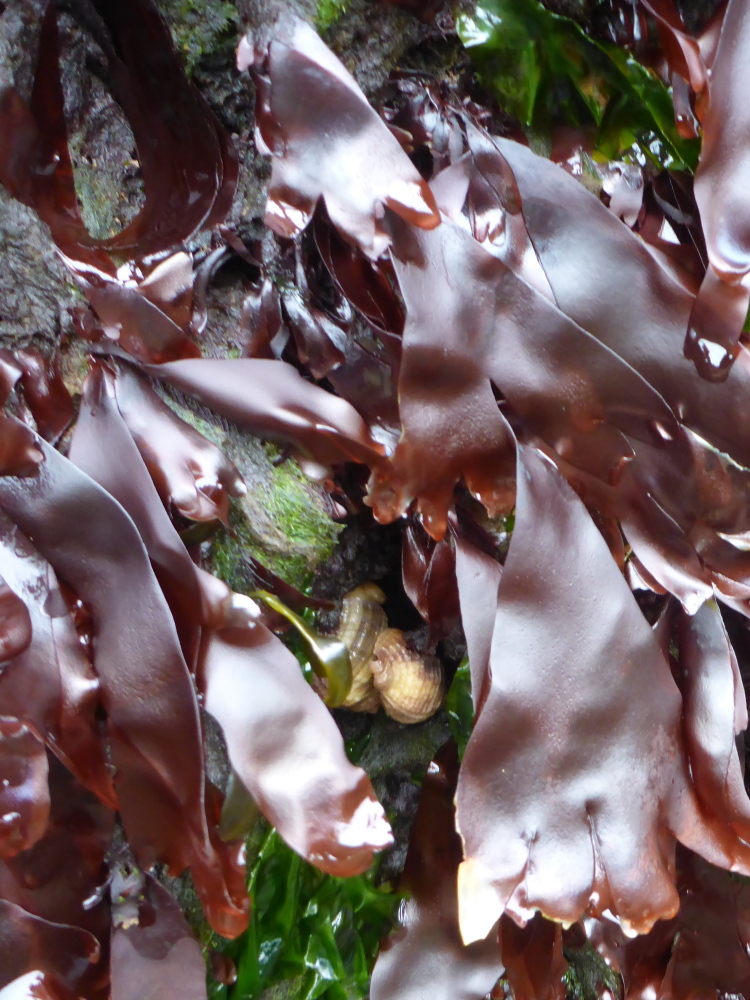
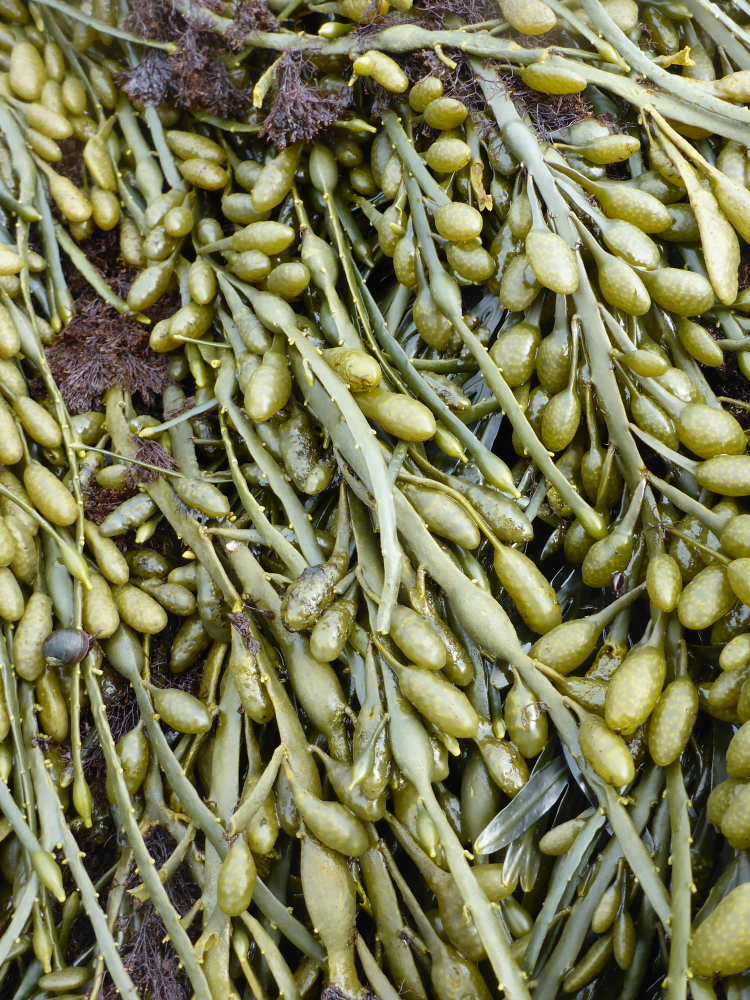
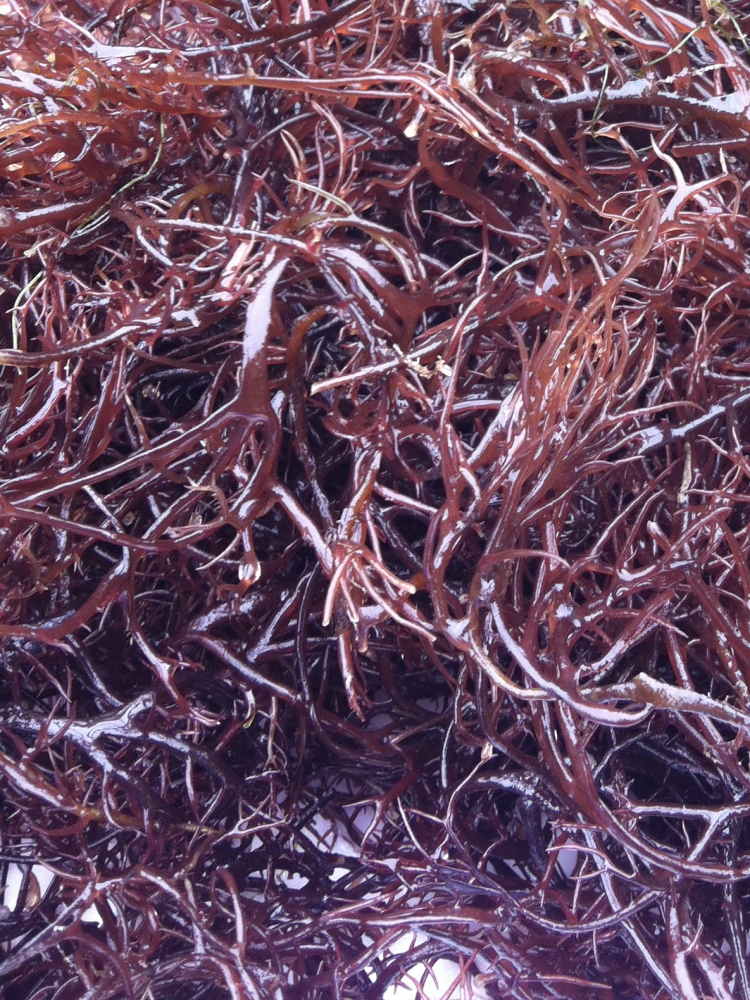
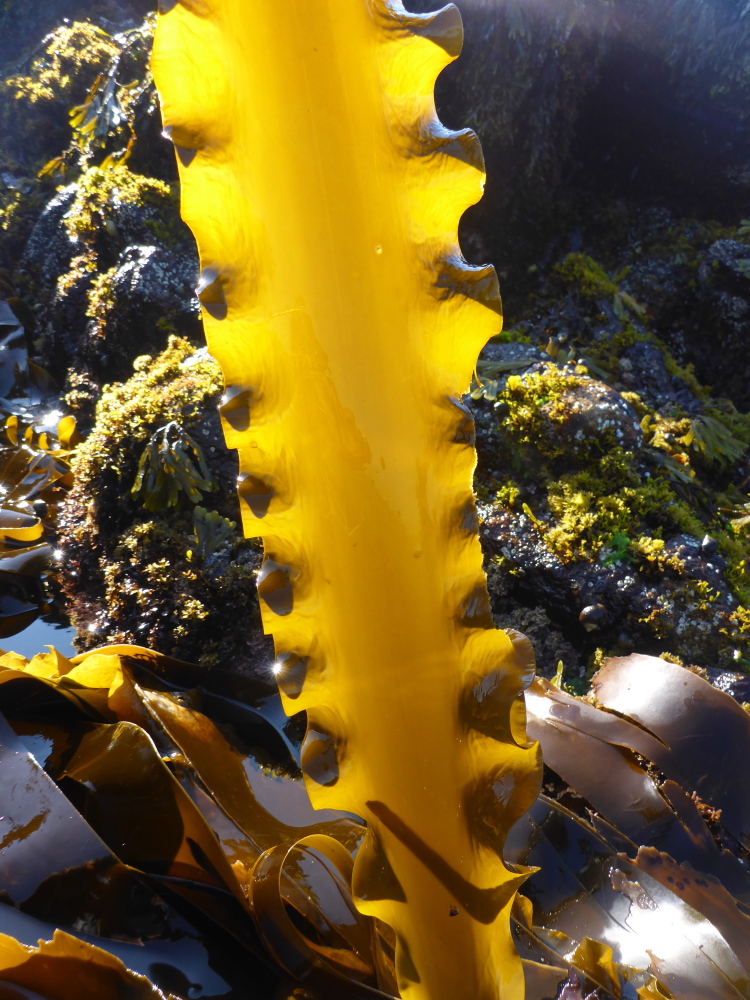
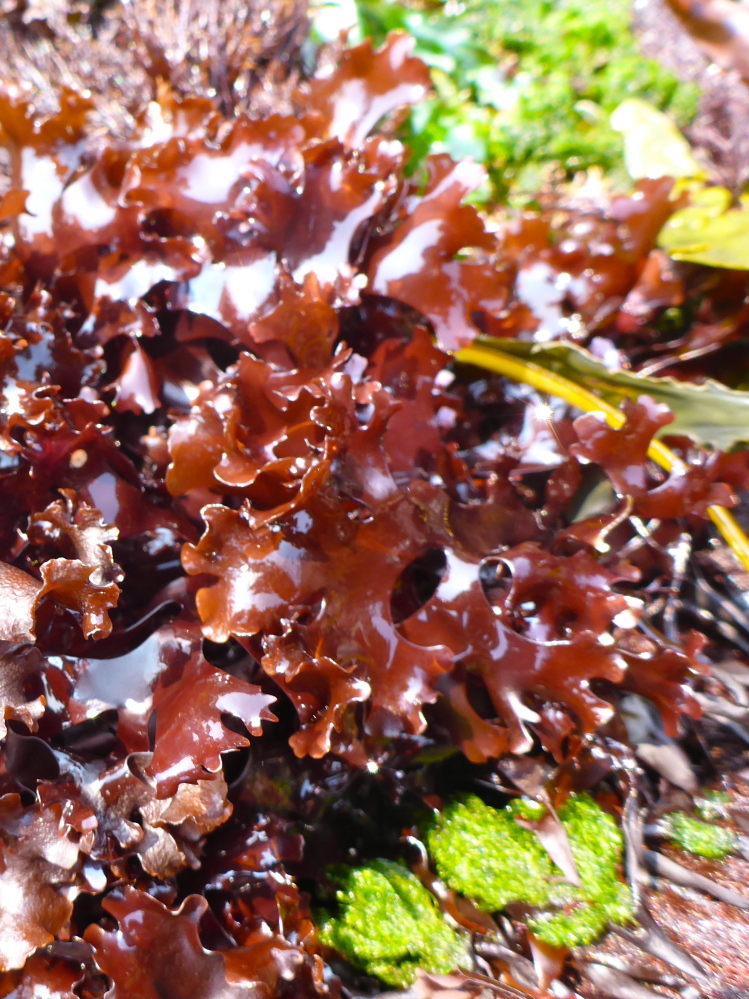
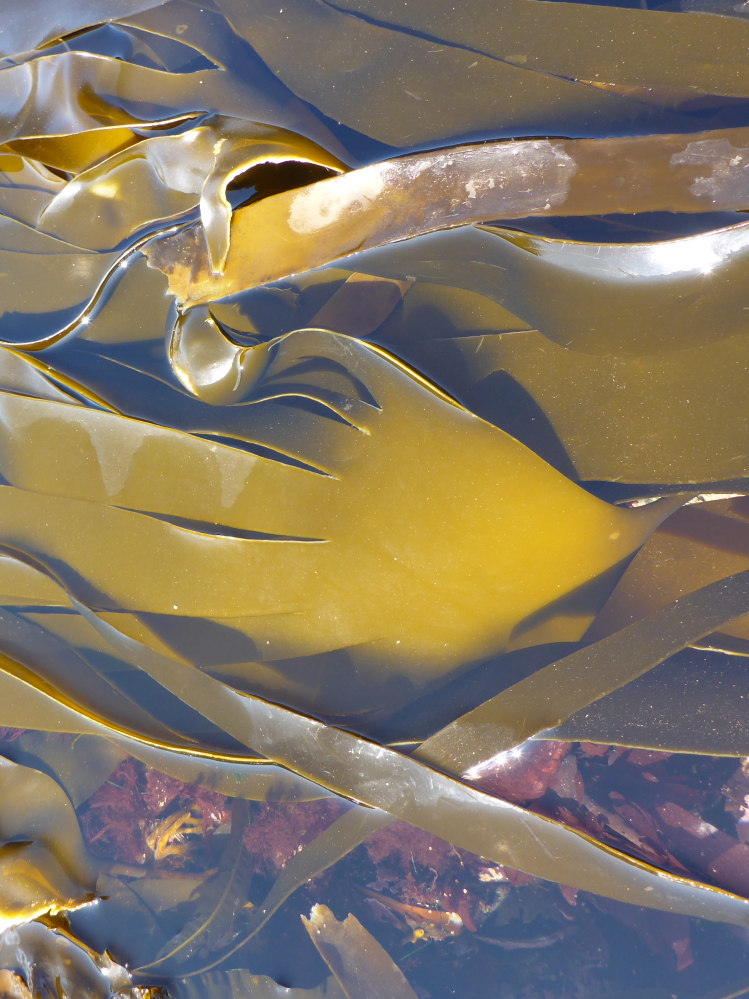
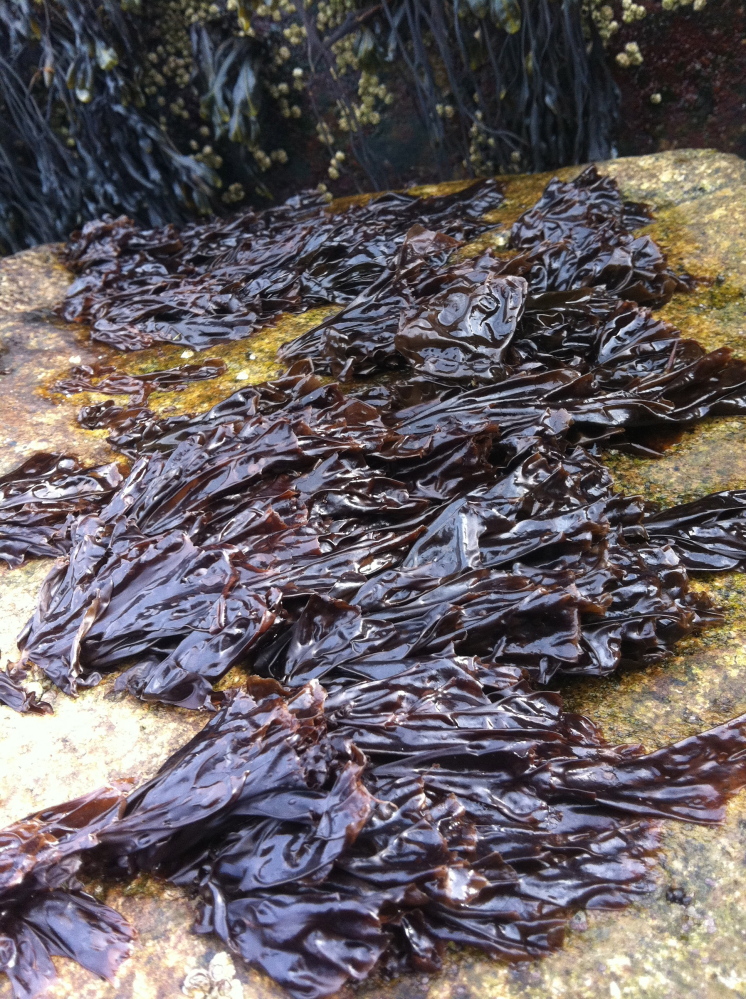
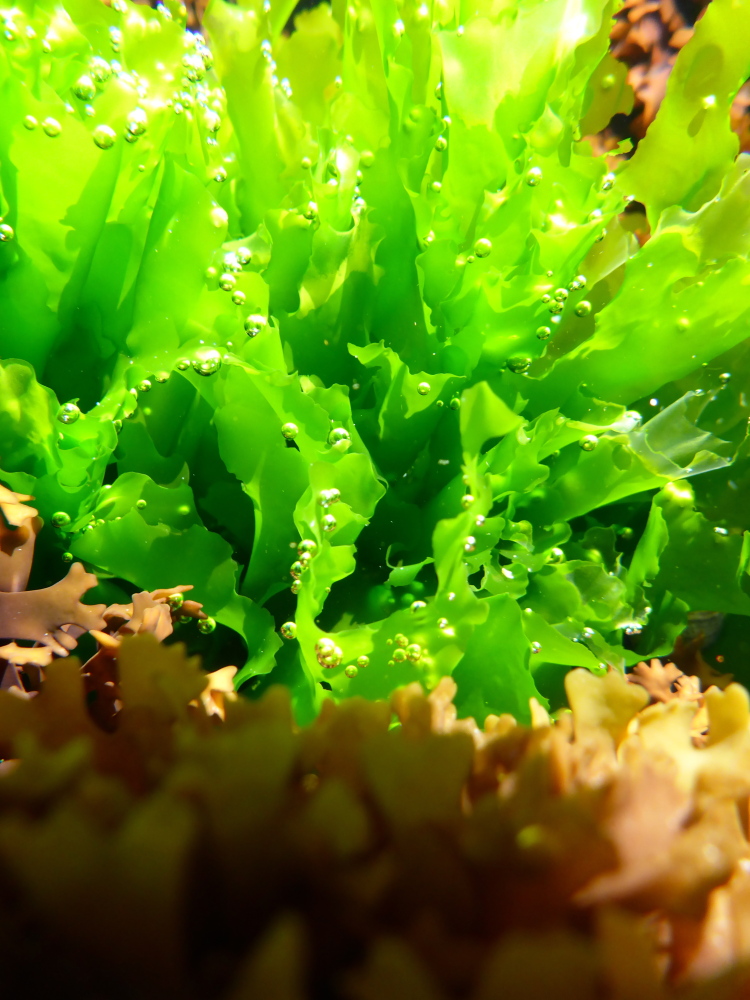

Comments are no longer available on this story